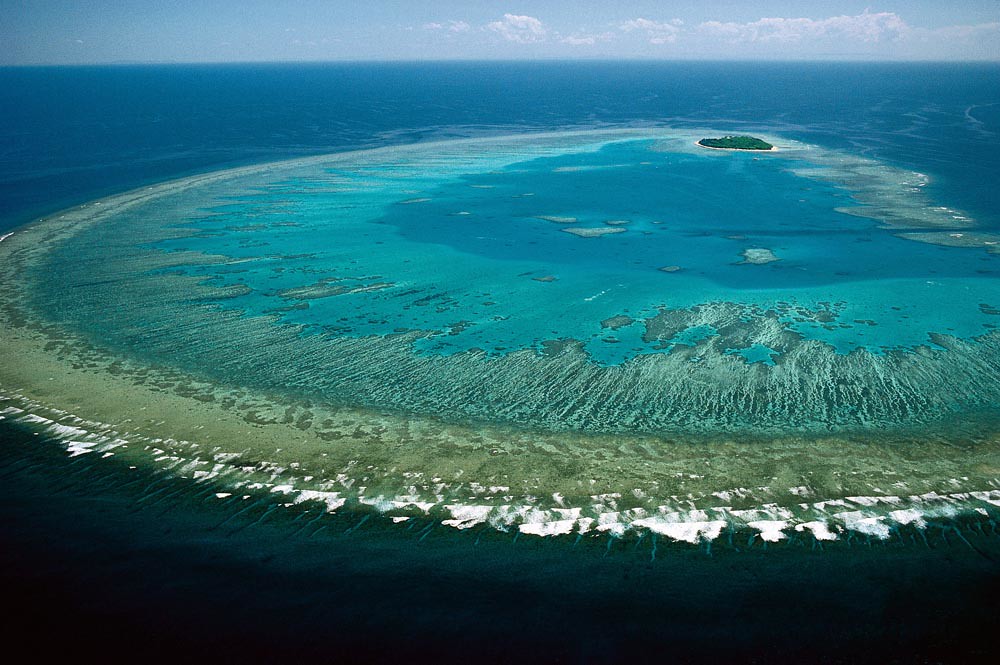Excerpt:
New research casts doubt on effectiveness of targeting surface runoff only and highlights need to use fertilisers more efficiently, experts say
Scientists say they have discovered large flows of pollution are reaching the Great Barrier Reef after soaking into underground water, a finding that could have implications for policymakers focused on cutting pollution from river catchments.
The new research claims almost a third of dissolved inorganic nitrogen and two-thirds of dissolved inorganic phosphorus in the reef’s waters are coming from underground sources – an amount previously undocumented.
Controlling pollution running on to the reef from farms has been a major focus for governments and agenciess, with scientists saying improving water quality will give corals a better chance of recovering from bleaching events caused by global heating.
UN science experts have repeatedly raised concerns that progress in improving water quality has been too slow and a failure to tackle the issue alongside the climate crisis could risk the reef being placed on a list of world heritage sites in danger.
Scientists at Southern Cross University, the Australian Institute of Marine Science and CSIRO collaborated on the research, which has been a decade in the making and is published in the journal Environmental Science & Technology.
Researchers took water samples and analysed them for radium isotopes that act as a marker for pollution. The study did not identify the source of the pollution but rather the route it took to the reef.
Dr Douglas Tait, an expert on the chemistry of coastal waters at Southern Cross University and lead author of the research, said the pollutants could take decades to move from farms to underground aquifers before emerging from springs at the coastline and from underwater springs – known as wonky holes – in the reef lagoon itself.
He said it was possible “this could just be the start of the front [of pollution] that is coming through” or it could be the tail-end.
“We could have a significant problem realised in the coming decades,” he said…
SHARE THIS ARTICLE
also of interest:
Corals spawn in Australia’s first offshore nursery on the Great Barrier Reef
– Guardian Australia (11-15-2022)
Coral cuttings were grown on underwater frames and then planted in patches of bare reef at Fitzroy Island near Cairns.
Four years later the corals have spawned for the first time and scientists hope to use the same technique to boost coral cover in other locations on the reef.









